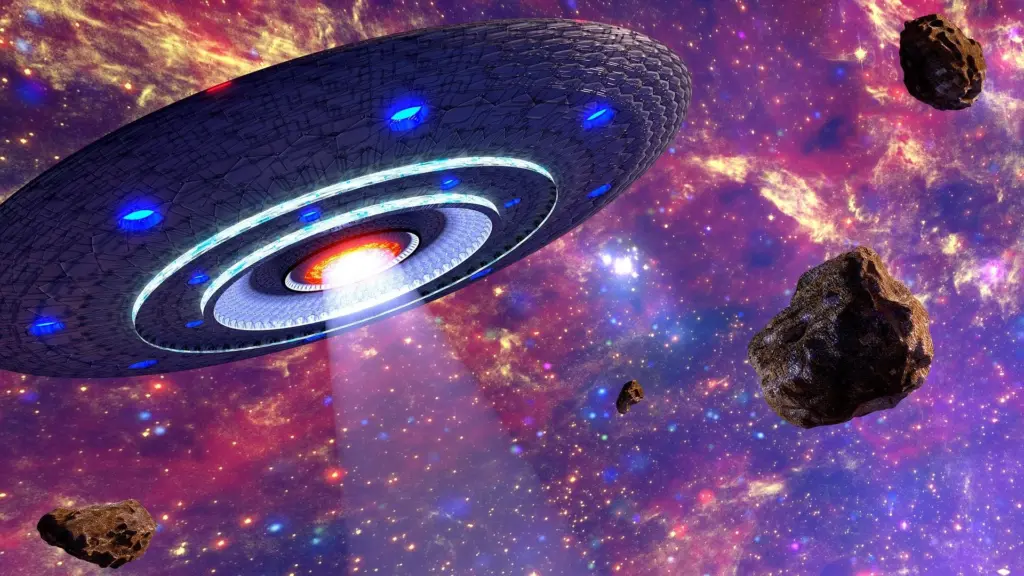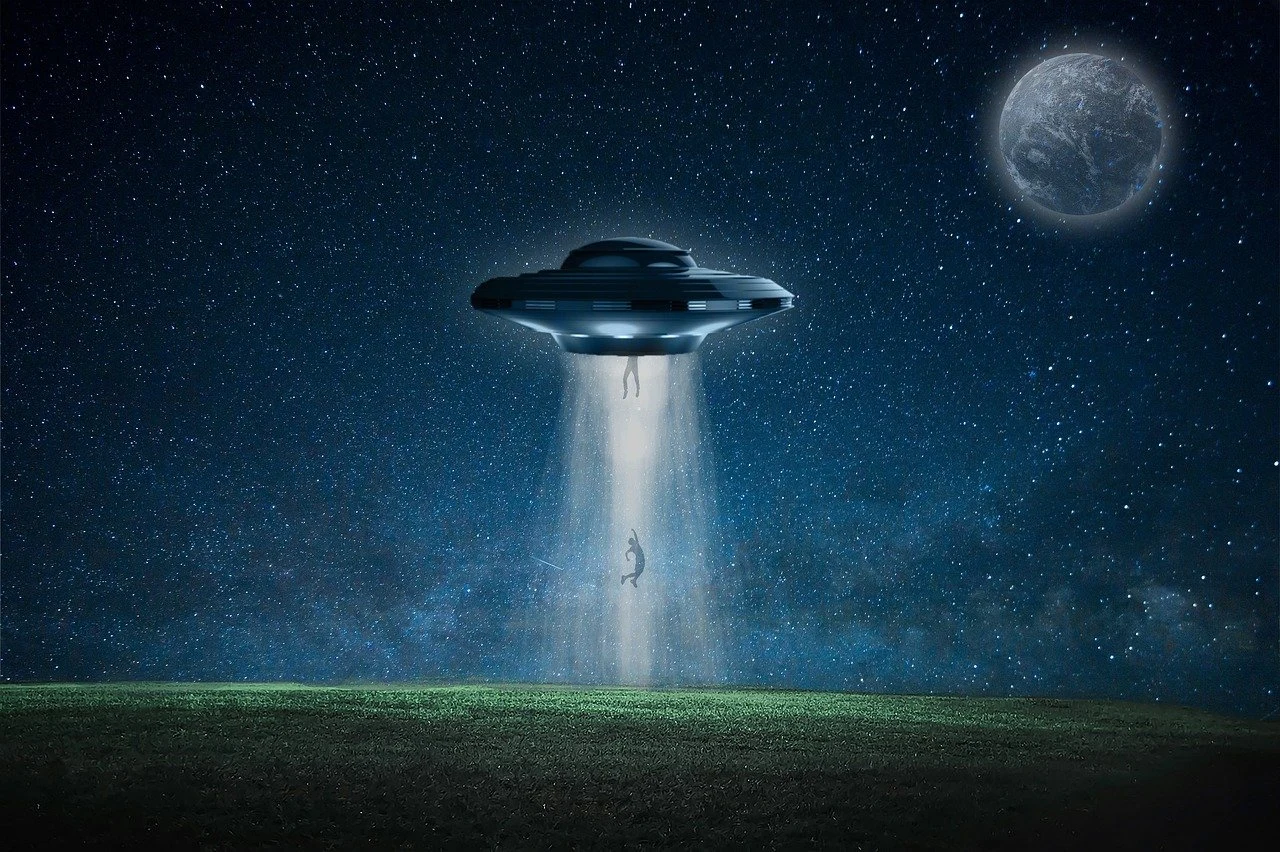A newly confirmed super-Earth called L 98-59 f has sparked fresh conversations about the possibility of life beyond Earth, thanks to what scientists call the Goldilocks effect. Using advanced instruments like HARPS and ESPRESSO, researchers at the Université de Montréal detected small shifts in the motion of the red dwarf star L 98-59. These shifts revealed a fifth planet in the system—about 2.8 times the mass of Earth. It orbits its star every 23 to 28 days and gets about the same amount of energy as Earth, which makes it a strong candidate for having liquid water.
This finding has renewed hopes in the search for signs of life on distant planet systems. If L 98-59 f has an atmosphere, it could support water—and possibly life. Scientists refer to the layout of this system as a Goldilocks complex, since several planets are located in the star’s “just right” zone for habitability. The Goldilocks effect gets even more attention here because this planet follows a stable, nearly circular orbit—ideal for consistent environmental conditions.
A system shaped by the Goldilocks effect

Unlike some other exoplanets, L 98-59 f doesn’t pass in front of its star from our viewpoint, so researchers relied on radial-velocity data instead of transit observations. While this means they can’t directly measure its size, the known data puts the planet firmly in the habitable zone. The L 98-59 system now includes five rocky planets of different sizes and distances, showing an impressive variety in composition.
The discovery highlights how the Goldilocks effect could play a key role in identifying other life-supporting worlds. L 98-59 is just 35 light-years away, close enough for the James Webb Space Telescope (JWST) to take a closer look. If the planet has an atmosphere, JWST may detect water, carbon dioxide, or other signs associated with life. These could be the clearest signs of life on distant planet conditions we’ve seen so far.
Of course, red dwarf systems like L 98-59 come with challenges. Tidal locking and star flares can strip atmospheres. Still, a temperate super-Earth in a Goldilocks complex setup keeps researchers hopeful. With more observation, they aim to find out whether L 98-59 f really ticks all the boxes—or if it’s another step in the long journey to confirming signs of life on distant planet systems.
The finding is a strong reminder of why the Goldilocks effect matters in space science—and how systems like L 98-59 could bring us closer to answering one of humanity’s oldest questions.








